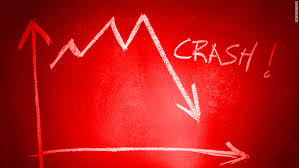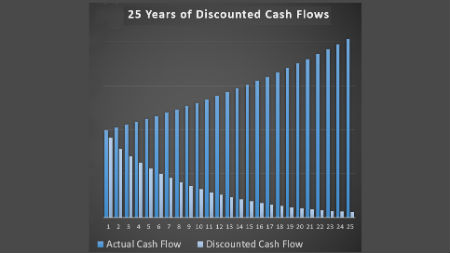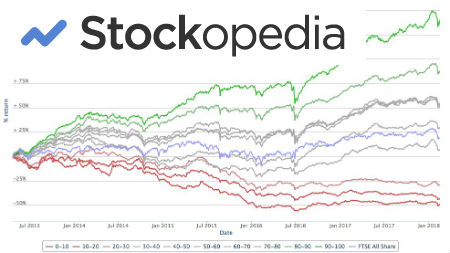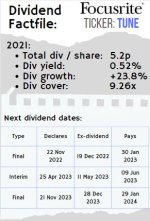Walt Disney Company Stock Case Study 1966-2016
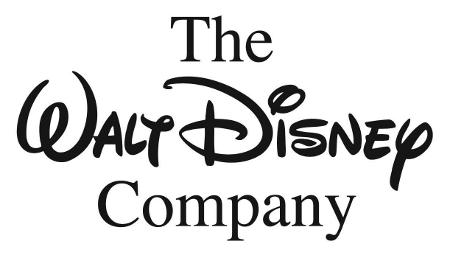
This case study on the Walt Disney Company stock aims to show you that some of the best ideas could be right in front of your eyes ... You don't have to find some secret up-and-coming (and often highly speculative) company to invest in to strike it rich.
Imagine it's August 1964 and you notice the Premier of a movie called "Mary Poppins". For old times sake, here's the newsreel of that premier:
A little while later this great movie hits the pictures and you go and watch it sometime in 1965. You come out of the movie and think to yourself "what a great family movie." Dick Van Dyke even predicts it himself in that Premier. You also realize that this is a Disney production and start thinking about purchasing some Disney stock. You spend the whole of 1965 saving up to buy some stock.
On January 3rd 1966, you decide to buy 100 shares of Walt Disney Company stock at a price of $59.25 (the historical price is given by Yahoo Finance). This costs you $5,925 plus brokerage charges. Of course, $5,925 was worth a lot more in 1966 than it is today. Plugging this into an inflation calculator shows us that it is the equivalent of around $44,000 in today's money.
Now imagine you don't do anything with those shares. You just go about enjoying life whilst Disney churns out earnings for you year after year. You just sit on your position. Firstly, we need to see how many
shares you'd have today. From Disney's website we can see that they have had the following stock splits through the years:
Resulting number of shares:
Original number of shares: 100
Oct 26, 1967: 2 for 1 split 200
Feb 4, 1971: 2 for 1 split 400
Dec 6, 1972: 2 for 1 split 800
Feb 10, 1986: 4 for 1 split 3,200
Apr 20, 1992: 4 for 1 split 12,800
Jul 9, 1998: 3 for 1 split 38,400
How much would that Walt Disney Company Stock be worth now?
So your original 100 shares have turned into 38,400 shares today. The current share price (last trading day of 2016) is 104.22 which means the value of your original $5,925 purchase is $4,002,048. Not bad at all! This equates to a compound annual growth rate of 13.8% per year.
Remember, though, that we are enormously understating our returns. We are a website dedicated to dividends and we haven't factored in the dividend payments. Disney has not historically been known as a great dividend payer but I can find dividend history going back to 1977 (from Bloomberg) which shows that it has paid the equivalent (in today's shares) of $11.56 per share. This means that since 1977, your $5,925 investment has produced $443,904 for you in dividends alone. Historical dividends would have had far more purchasing power than today's dollars and, of course, your returns would have been turbo charged even more if you had re-invested dividends along the way.
In 2007, Disney did a spin-off of its Citadel Broadcasting Corporation (CDL) subsidiary. Walt Disney Company stock holders received 0.0768 shares in CDL per Disney share meaning you'd also have received 29,491 shares in CDL. The initial price per share of CDL at the time of the spin-off was $5.9. At retireondividends, we are only interested in stocks that produce consistent earnings and are thus able to reward shareholders. At the time of the spin-off, CDL had been consistently producing losses and had a lot of debt so we'd hope that you would have sold the shares at the time of the spin-off, thus realizing another $173,997 from our investment. If you had not sold the shares, then CDL never turned around its losses and ended up filing for bankruptcy in 2009.
What is clear from this Walt Disney Company stock case study is what an incredible investment it has been over the last fifty years and it was staring you in the face if you'd seen Mary Poppins in 1964 or 1965. You'd have had a great investor on your side as well because, in 1966, Warren Buffett bought 5% of Disney through his partnership having met Walt Disney himself. Buffett, though, sold out for a quick 55% profit in 1967. In his 1995 letter to shareholders, he described this selling out as "an investing crime" and, with the numbers above, you can see why.
We'll leave the last word to Mr Banks from Mary Poppins who even sings about investing, compound interest, and dividends in the song "Fidelity Fiduciary Bank".
Maybe Michael should have invested his tuppence after all...?
To visit the Walt Disney Company investor relations webpage, click here.
Got a BURNING dividend question for 6-figure dividend earner Mike Roberts?
What is it that you really want to know about investing?
Submit a query and Mike will write a page in response.
PLEASE NOTE - in accordance with our terms of use, responses are meant for education / interest only. We do not give specific financial advice.
